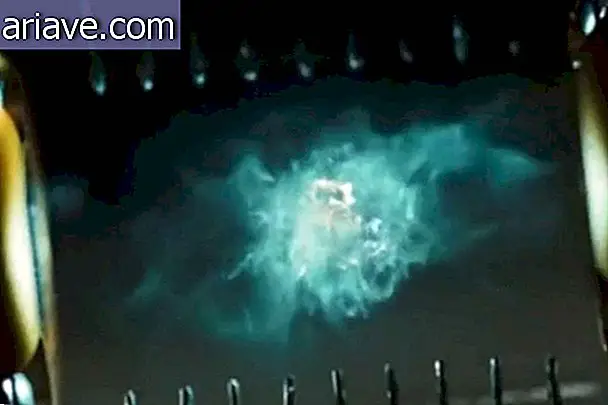Hellgate Guardians recovered in Turkey
Archaeologists digging in Turkey have discovered the guardians of the so-called Hell's Gate (or Gate), which are two original marble statues that warned of a deadly cave in the ancient city of Hierapolis, near Pamukkale.
Also known as the Pluto Gate, the cave was regarded as the gateway to the underworld according to Greco-Roman mythology. The site was discovered in March by a team led by Francesco D` Andria, professor of classical archeology at the University of Salento. You can check out more details of the discovery in this other article.
"The statues represent two mythological creatures. One shows a snake, a clear symbol of the underworld, the other shows Kerberos, or Cerberus, the three-headed hell watchdog of Greek mythology, " D` Andria told Discovery News.

All rolled up, the snake looks menacingly at no one trying to approach it, while the 4-foot-tall Kerberos statue resembles the Kangal breed, the Anatolian sheepdog.
Hot Springs
The sculptures were found as archaeologists further excavated the area where, in March, they dug up the remains contained in the cave, which included an inscription dedicated to the underworld deities - Pluto and Kore. The excavation also revealed the source of hot springs, which produce the famous white travertine pools.
"Pamukkale's fountains originate directly from this cave, " said D` Andria. Pool waters are believed to have healing properties, and the hot springs have made the Roman city of Hierapolis a World Heritage Site and a popular pilgrimage destination.
Both marble statues emerged from the fountains, leaving little doubt that the place was indeed Pluto's Gate. The cave has been described in historical sources as a place full of lethal vapors that are actually carbon dioxide fumes.
In the place, the ancients performed sacred rituals destined to Pluto in which the living animals were thrown in the cave and later they removed them dead.











